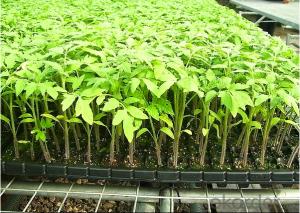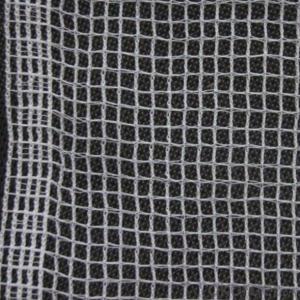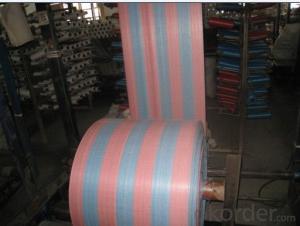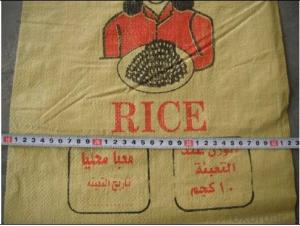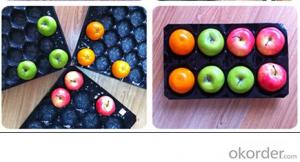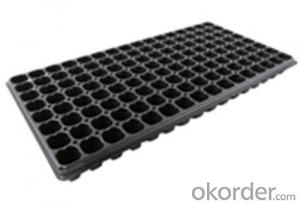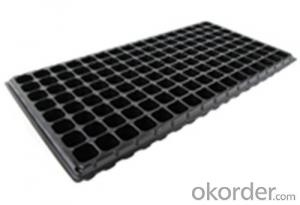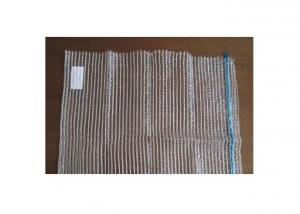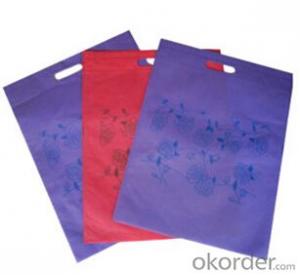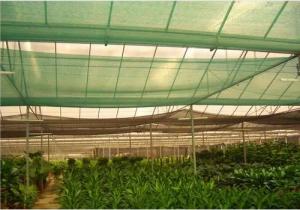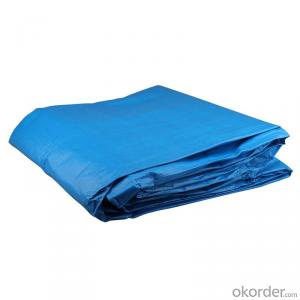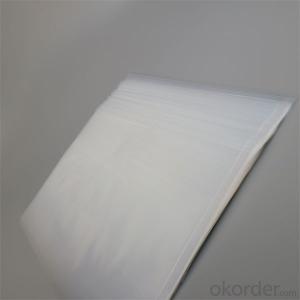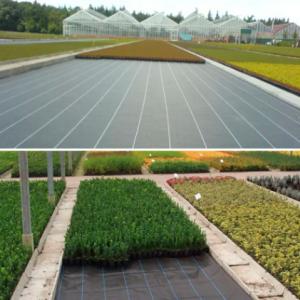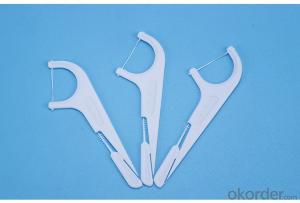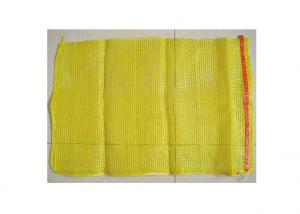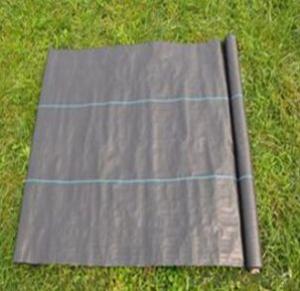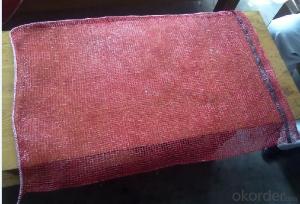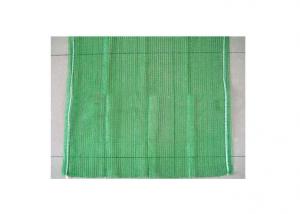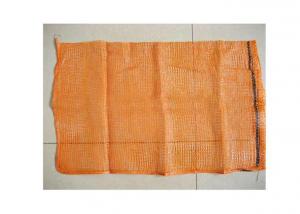Plug Trays (Growing and Seedling) Flat Tray Greenhouse Usage HIPS Made Plastic
- Loading Port:
- China main port
- Payment Terms:
- TT OR LC
- Min Order Qty:
- 3000 pc
- Supply Capability:
- 50000 pc/month
OKorder Service Pledge
OKorder Financial Service
You Might Also Like
Brief Introduction to CNBM:
CNBM International Corporation (CNBM International) is the most important trading platform of CNBM Group Corporation, a state-owned company under the direct supervision of State-owned Assets Supervision and Administration Commission of the State Council.
CNBM International is highly recognized by its business partners and clients all over the world and has obtained rapid development under the spirit of win-win. We will carry on the mutual beneficial, innovative and revolutionary trading structure as we did before, create value for our employees, share holders and clients and benefit the whole society in our future development.
Features of Plug Trays (Growing and Seedling) HIPS Made Plastic Plug Tray for Greenhouse:
· Material: HIPS
· Thickness: 0.5mm-1.5mm, Standard:1mm
· Weight: 80g(±5)g-230g(±5)g, Standard weight:155g(±5)g
· Size: length:490mm-540mm, width:190mm-345mm,depth:25mm-150mm
· Standard:540mmX280mm
· Cell count: 18-512
· Package: In Carton
· Warrenty: 8-10 times
Picture:
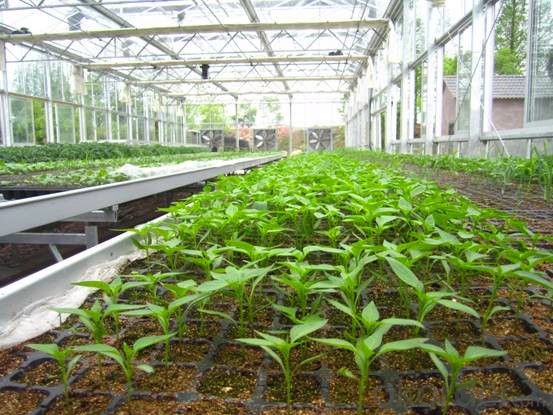
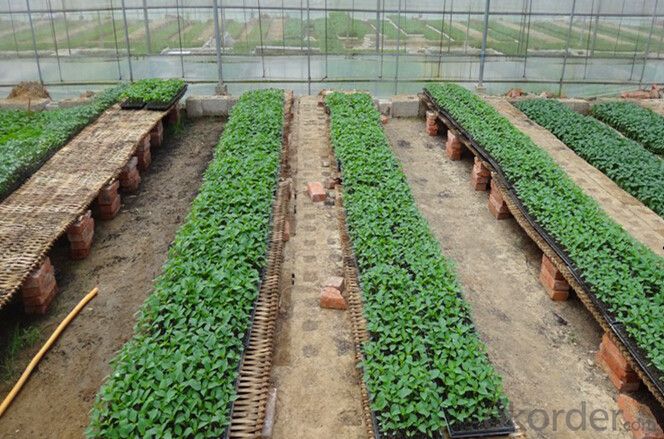
Specification of Plug Trays (Growing and Seedling) HIPS Made Plastic Plug Tray for Greenhouse:

FAQ of Plug Trays (Growing and Seedling) HIPS Made Plastic Plug Tray for Greenhouse:
Q:1.How many times can the seed tray be used?
A: Under the same environment, it is decided by the thickness. Usually 0.6mm thickness can be used for 1 or 2 times.
1.0 thickness can be used for 3-4 times. 1.5 thickness can be used for 8-10 times.
Q: 2.How long is the production time?
A: Usually one to two weeks.
Q: 3.How is the seed tray being packaged?
A: They can be packaged in carton or pallets. Carton size is 1375px*725px*1250px.
- Q:Are nursery trays recyclable?
- Yes, nursery trays are often recyclable. However, it is important to check with your local recycling facility to ensure they accept these types of plastics. Some trays may be made from specific materials that are not accepted in all recycling programs.
- Q:Are agricultural plastic products used in biodegradable mulching?
- Yes, agricultural plastic products are used in biodegradable mulching.
- Q:My mom always complained to me that whenever I cooked things in plastic bowls or had plastic in the microwave that it was bad for me. Is this myth true??
- Depends on the plastic. If it's not really old, doesn't melt, has been washed well before use, it's probably fine on the general scope. Perhaps your mom's heard about the dangers of some plastics to people's health and environment; in that case, it's up to you to determine whether or not it's a risk, and if you're going to take it.
- Q:Can ground cover plants be used to create a wildlife-friendly garden?
- Yes, ground cover plants can definitely be used to create a wildlife-friendly garden. These plants provide numerous benefits for wildlife, such as offering food sources, shelter, and nesting sites. Ground cover plants can attract pollinators, including bees and butterflies, by providing nectar-rich flowers. They can also provide habitat for small mammals, reptiles, and amphibians. Additionally, ground cover plants help to prevent soil erosion, conserve water, and suppress weed growth. Overall, incorporating ground cover plants into a garden can enhance biodiversity and create a thriving ecosystem for various wildlife species.
- Q:Can ground cover be used to create a natural habitat for beneficial insects?
- Yes, ground cover can be used to create a natural habitat for beneficial insects. Ground cover plants provide shelter, food, and nesting sites for various beneficial insects such as ladybugs, lacewings, and bees. These insects play a crucial role in pollinating plants, controlling pests, and maintaining a healthy ecosystem. By selecting the right types of ground cover plants, incorporating native species, and avoiding the use of pesticides, it is possible to attract and support a diverse range of beneficial insects in your garden or landscape.
- Q:Can nursery trays be used for starting ground ferns?
- Yes, nursery trays can be used for starting ground ferns. Nursery trays provide a suitable environment for germination and early growth of ferns, allowing easy monitoring and transplanting of the seedlings. The trays should be filled with a suitable growing medium and kept in a shaded area with proper moisture and humidity levels to ensure successful germination and establishment of ground ferns.
- Q:Can ground cover be used to replace traditional mulch in flower beds?
- Yes, ground cover can be used as a substitute for traditional mulch in flower beds. Ground cover plants provide similar benefits as mulch, such as suppressing weeds, conserving moisture, and enhancing the overall appearance of the bed. Additionally, ground cover plants offer the advantage of being living organisms that can add texture, color, and even attract pollinators to the flower bed. It is important to choose the right type of ground cover that suits the specific needs and conditions of the flower bed.
- Q:Are nursery trays suitable for starting plants for rooftop gardens?
- Yes, nursery trays are suitable for starting plants for rooftop gardens. They provide a controlled environment for seedlings to germinate and grow, allowing for easy transplanting once they are ready. Nursery trays also help in organizing and conserving space on rooftops, making them an efficient option for starting plants in rooftop gardens.
- Q:Can ground cover be used to create a natural play area for children?
- Yes, ground cover can definitely be used to create a natural play area for children. Ground covers like grass, mulch, wood chips, or rubber mats can help create a safe and soft surface for children to play on. Additionally, incorporating natural elements such as rocks, logs, and plants can further enhance the play area's natural appeal while providing opportunities for imaginative play and exploration.
- Q:What are some creative ways to use ground cover plants in landscaping?
- Ground cover plants can be creatively used in landscaping in various ways. One idea is to use them as a living carpet to cover large areas of bare ground, providing a lush and uniform appearance. Another creative use is to create visual interest by combining different types of ground cover plants with contrasting colors, textures, and heights. Additionally, ground cover plants can be strategically placed to highlight certain landscape features, such as lining pathways, filling gaps between stepping stones, or cascading over walls. They can also be used to control erosion on slopes or to create natural borders in garden beds. Ultimately, the possibilities are endless, and incorporating ground cover plants into landscaping can add depth, color, and texture to any outdoor space.
1. Manufacturer Overview |
|
|---|---|
| Location | |
| Year Established | |
| Annual Output Value | |
| Main Markets | |
| Company Certifications | |
2. Manufacturer Certificates |
|
|---|---|
| a) Certification Name | |
| Range | |
| Reference | |
| Validity Period | |
3. Manufacturer Capability |
|
|---|---|
| a)Trade Capacity | |
| Nearest Port | |
| Export Percentage | |
| No.of Employees in Trade Department | |
| Language Spoken: | |
| b)Factory Information | |
| Factory Size: | |
| No. of Production Lines | |
| Contract Manufacturing | |
| Product Price Range | |
Send your message to us
Plug Trays (Growing and Seedling) Flat Tray Greenhouse Usage HIPS Made Plastic
- Loading Port:
- China main port
- Payment Terms:
- TT OR LC
- Min Order Qty:
- 3000 pc
- Supply Capability:
- 50000 pc/month
OKorder Service Pledge
OKorder Financial Service
Similar products
New products
Hot products
Related keywords
